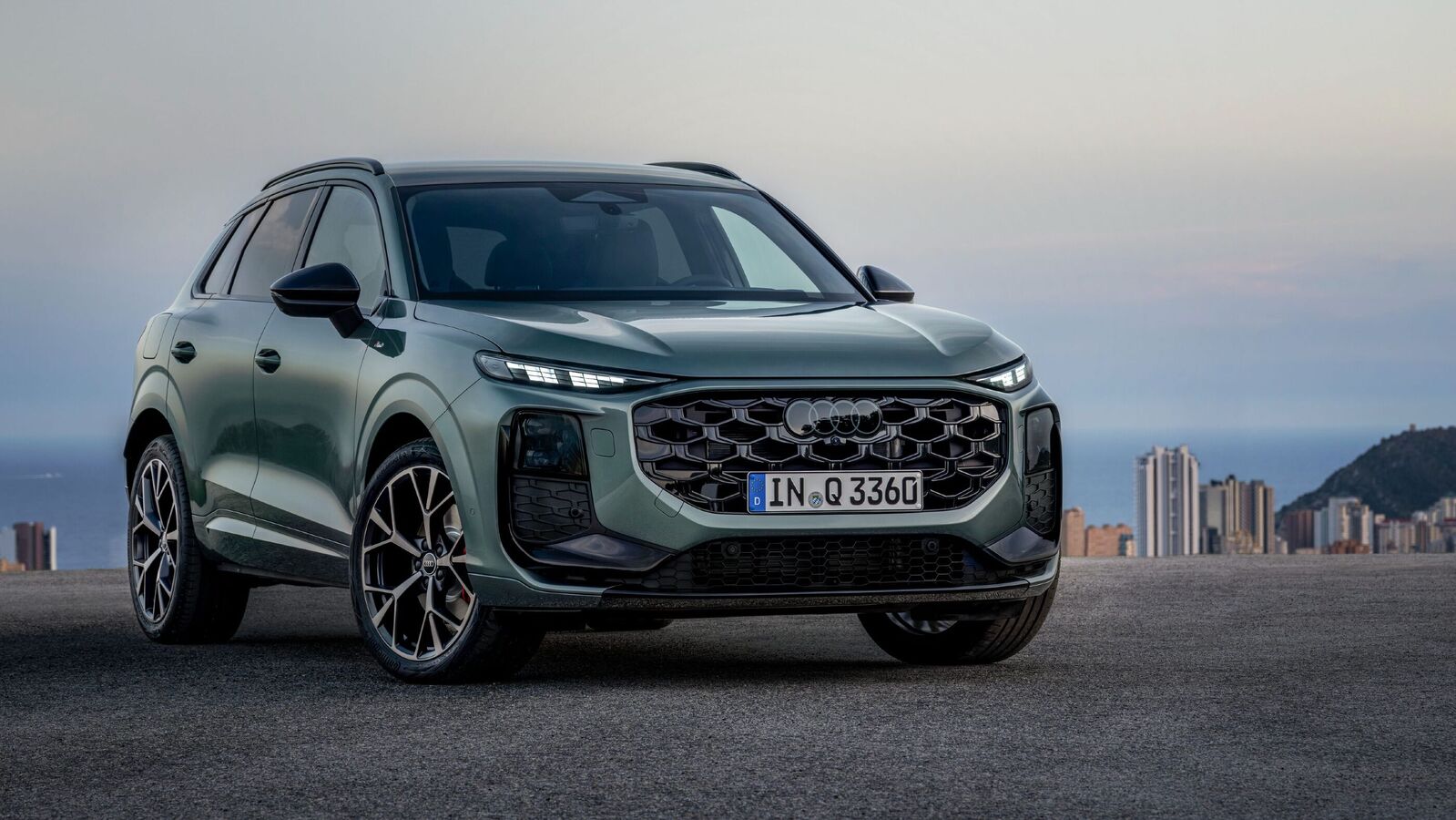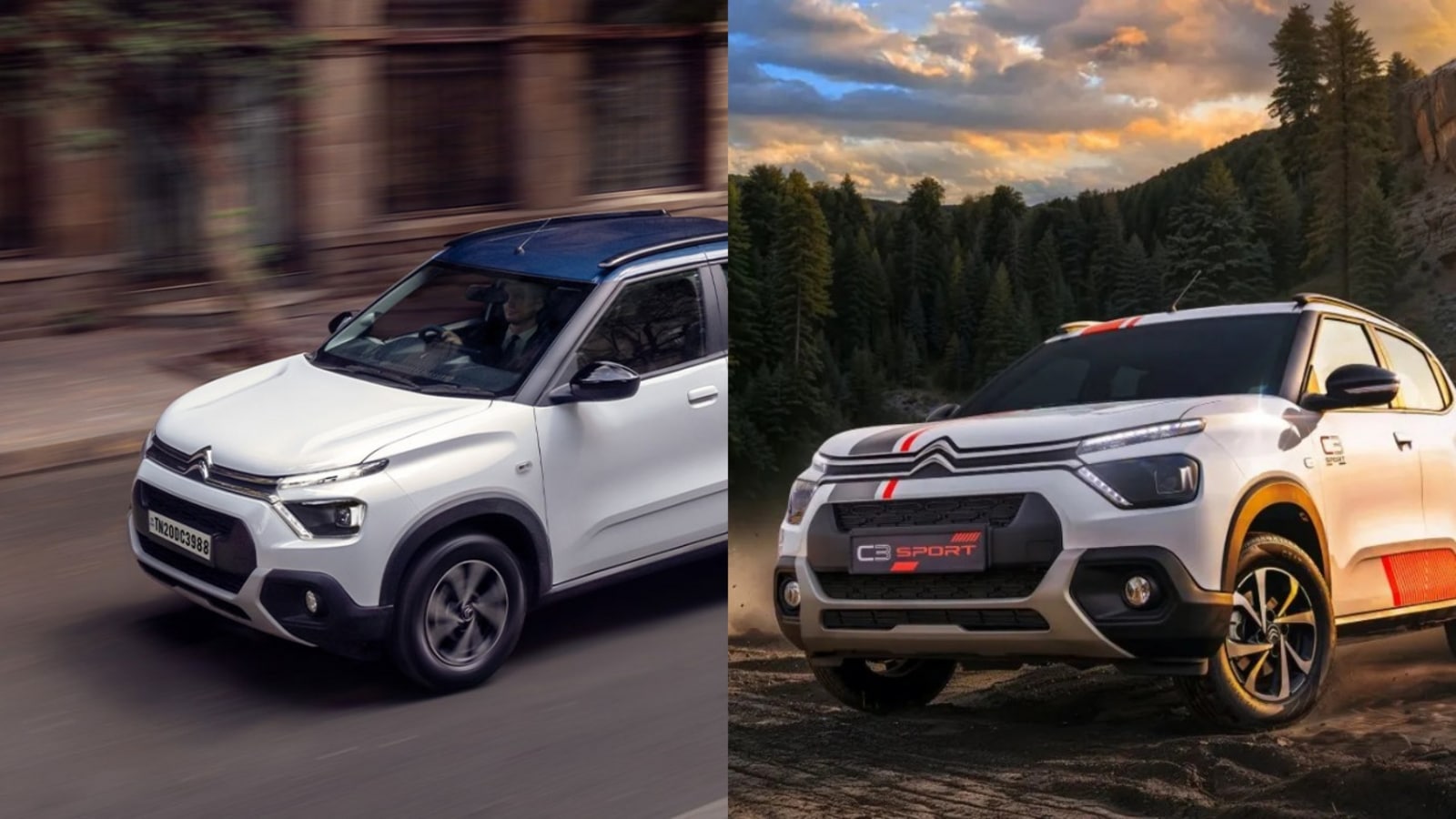17 June 2025

The Chinese battery-electric vehicle (BEV) market has a new leader. But just how secure is the Wuling Mini at the top of the hypercompetitive market? Autovista24 editor Tom Geggus analyses the latest data from EV Volumes.
The Wuling Mini fought its way to the top of China’s hypercompetitive and growing new BEV market in April. In total, there were 628,415 units delivered in the month, up by 53.3% year on year.
March saw a similar rate of growth, February was exceptionally strong, while January was comparatively weaker. Over the first four months of 2025, China’s BEV market grew by 50.7% to just under 2.18 million deliveries.
Meanwhile, the country’s plug-in hybrid (PHEV) market saw slightly less growth, both in April and across the year so far. In the month, deliveries increased by 32.3% to 395,359 units.
After a slower January, a spike in February, and a comparable improvement in March, China’s PHEV market expanded by 35.7% across the first four months of the year. A total of 1.46 million plug-in hybrids hit Chinese roads in the period.
Wuling Mini takes first
With year-on-year sales growth of 256.7%, the Wuling Mini went all in to take first place in April. Recording 36,337 deliveries in the month, the model made up 5.8% of all BEV sales in China. This was up from its 2.5% market share recorded in April 2024.
However, the country’s all-electric car market is extremely competitive. While the Mini displayed exceptional growth in reaching first, only 67 units separated it from the model in second place.
The BEV in close pursuit was the Geely Geome Xingyuan. It recorded 36,270 sales in April, taking a 5.8% market share. The model is one to watch in the country, particularly considering its first deliveries took place in September 2024.
Just 0.4 percentage points (pp) away was the BYD Seagull with a 5.4% market share. The model had an 8.6% hold on the market in April 2024, equating to a drop of 3.2pp. Meanwhile, its sales fell by 3.4% to 34,005 units.
The Xiaomi SU7 came fourth, as its sales doubled to 28,585 units and its share climbed by 1pp to 4.5%. The Wuling Bingo finished fifth, experiencing even greater growth of 126.3%. This pushed its deliveries to 25,294 units, making up 4% of the market, up 1.3pp.
Tesla Model Y falls
The BYD Yuan Plus took sixth, with its sales down by 13.8% to 20,623 units. This meant it captured 3.3% of the Chinese BEV market, marking a drop of 2.5pp.
The Tesla Model Y saw an even greater fall, down 54.7% with 19,984 sales. While this number can swing according to the brand’s quarterly delivery schedule, its share hit 3.2%. This was down by 7.6pp from April 2024, indicating a greater trend of decline for the crossover.
The Geely Panda Mini took eighth with a 2.8% share, up 0.6pp, with deliveries increasing by 94.8% to 17,831 units. With a similar rate of growth, the BYD Yuan Up finished ninth, as sales grew by 91.2%. Its 16,044 sales gave the SUV a market hold of 2.6%, up 0.6pp.
The Xpeng M03 finished in 10th in April, after only hitting the market in August 2024. It saw 14,210 sales in the month, equating to a 2.3% market share.
Wuling Mini in close competition
The Wuling Mini has seen its sales growth increase rapidly since the start of the year. This followed an announcement at the end of 2024 that Wuling would be unveiling a four-door version of the model.
Deliveries of the BEV were up by 60.6% in January, 74.4% in February, 162.9% in March, and then 256.7% in April. Accordingly, the small BEV recorded 125,504 sales in total.
Its share trended upwards between January and April, gaining traction as the likes of the BYD Seagull slumped. It took a 5.8% hold on the market across the first four months of 2025.
However, it was far from the only model to enjoy an increased market share. The Geely Geome Xingyuan had a strong start to 2025, claiming first in January and February. It dipped to fourth in March before springing back to second in April.
So, it took a 5.8% share across the first four months of the year, recording 125,485 sales in total. This meant it slipped from first place on the cumulative table, overtaken by the Wuling Mini.
The competitive nature of the Chinese BEV market becomes apparent when looking at the gap between first and second place. The Wuling Mini was ahead of the Geely Geome Xingyuan by just 19 units over the four-month period.
The BYD Seagull climbed to third in the year to April, with a 5.8% share and 113,099 sales recorded. The model began to see its market share dip at the very end of last year, while results have been mixed at the start of 2025. Yet with the rise of the the Wuling Mini and the Gelly Geome Xingyuan, it is facing stiff competition.
Xiaomi SU7 takes fourth
With deliveries beginning in April 2024, the Xiaomi SU7 has continued to climb the table. It took a 4.8% market share in the first four months of 2025.
Not far behind, the Tesla Model Y dropped to fifth with a 4.7% hold on the market and 101,873 sales. The US model has struggled so far this year. Despite leading the market in March, the BEV was second in January and did not place in the top 10 during February.
The BYD Yuan Up finished sixth, posting a share of 3.3% after selling 72,196 units. The Wuling Bingo was next with 64,444 deliveries and a 3% hold on the market. The Tesla Model 3 dropped a spot from the first quarter, with 61,465 sales and a 2.8% share.
The BYD Yuan Plus climbed up to ninth from 10th in last month’s report. It captured 2.8% of the market with 61,377 sales. While the Xpeng M03 fell to 10th, it was only 37 units behind with 61,340 sales and a 2.8% share.
Drops in the PHEV table
The BYD Song Plus was the most popular PHEV in China in April. While it managed 19,100 sales, this was down 21.8% year on year. Its market share also dropped to 4.8% from 8.2% in April 2024.
The BYD Qin Plus also saw its hold slip, down 6.8pp to 4.5%. This equated to 17,634 deliveries in the month, down 47.6% year on year. The Li Auto L6 came third, having seen deliveries kick off in April 2024. It recorded a market share of 4.2% with 16,755 sales.
With 14,263 units taking to China’s roads, the BYD Song Pro came fourth, down by 36.6% year on year. Accordingly, its market share hit 3.6%, down from 7.5% at the same point last year.
With its first models being delivered in May 2024 the BYD Seal 06 came fifth in April 2025. It recorded 14,024 sales and held 3.5% of the market. Sixth went to the Chery Fengyun T6 with 12,826 units moved and a market share of 3.2%.
Delivering 12,131 units, the BYD Qin L came seventh, representing 3.1% of all PHEV sales in the country. The Aito M9 finished eighth as its deliveries fell by 13.9% to 11,288 units. Compared to April 2024, its share fell by 1.5pp to 2.9%.
Reaching 11,114 sales, the Galaxy Starship 7 claimed 2.8% of China’s PHEV market. The BYD Song L took a 2.8% share as well with 11,100 sales. Both models are relatively new to the market. Deliveries of the Starship 7 started in November 2024, while the Song L first hit the road in July 2024.
BYD’s internal PHEV competition
BYD continued to command the majority of the top 10 table between January and April. Seven models came directly from the carmaker, while one was from its Denza sub-brand.
With 77,400 sales, the BYD Song Plus took a market share of 5.3% between January and April. The model has seen its grip on the market loosen slightly since the start of 2025, nearing its closest competitor.
The BYD Qin Plus took a 4.6% share thanks to 67,412 sales, moving up to second in the table. While its cumulative hold is still behind the Song Plus, its monthly market hold is creeping closer to its sibling.
Having been knocked down to third, the BYD Qin L took a 4.5% share between January and April. This was the result of 66,062 deliveries. The model is battling its BYD stablemate, the Qin Plus, which it overtook at the end of the first quarter. Yet its lower volume of registrations in April affected its position. The BYD Song Pro also fell, taking a 4.5% share with 65,805 sales.
The Li Auto L6 came fifth with 4.2% of the market and 61,102 deliveries. The BYD Seal 06 followed with a 4% share and 58,255 new units handed over. Behind it was the Galaxy Starship 7 with a 3.7% hold and 53,400 sales.
The BYD Song L came eighth having delivered 43,105 units, representing 2.9% of the Chinese PHEV market. The BYD Han was next, with 41,201 sales and a 2.8% share. Finally in 10th was the Denza D9, accounting for 2.4% of the market and reaching 34,842 deliveries.




